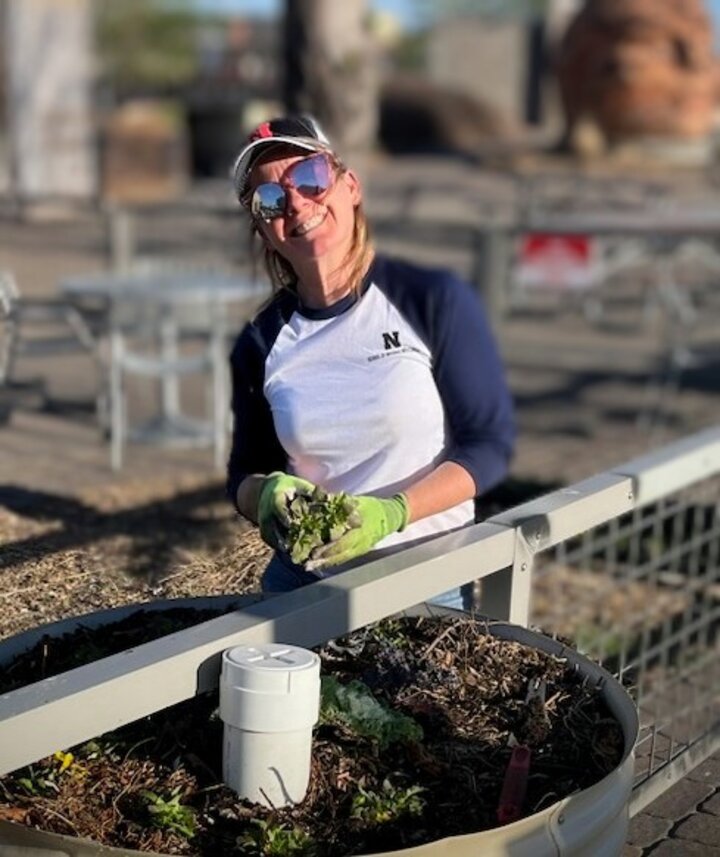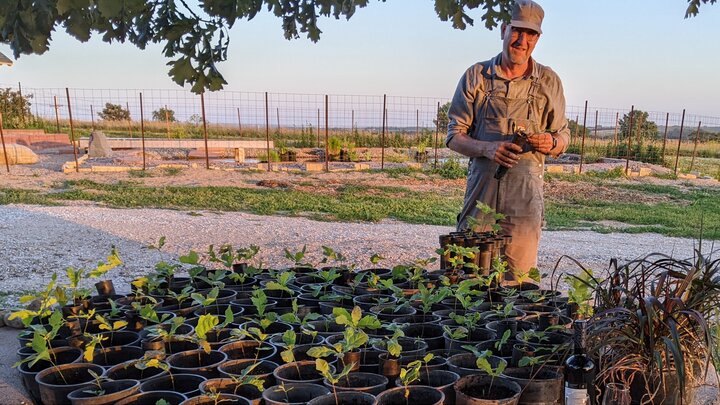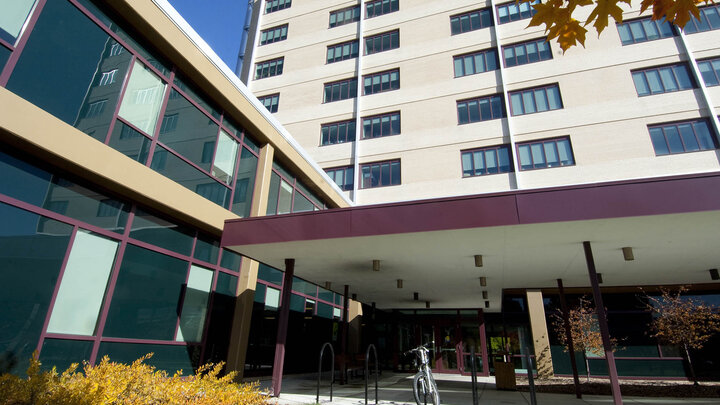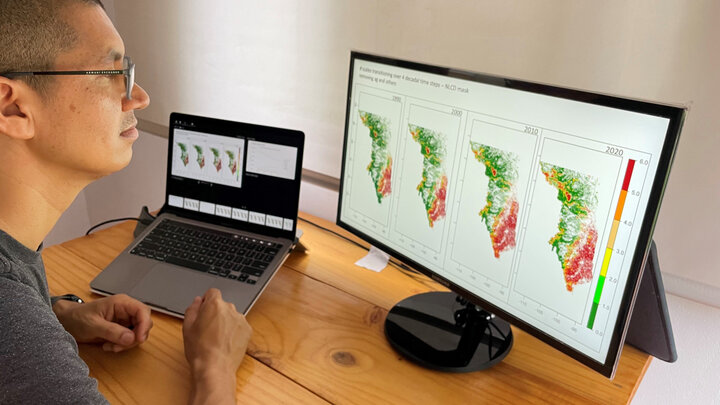With the average age of Nebraska farmers now about 57 years, a big question for the resilience of family farms is what happens when this aging population retires? Doug Dittman, 60, of Branched Oak Farm near Raymond is living an answer to that right now.
He retired from dairying farming in 2019 after 35 years at it in northwest Lincoln. He and his first wife had 30-40 cows and produced dairy products like cheese through their creamery. They used farm-to-table marketing, selling to their own restaurant, the Hub Café in Lincoln, and at farmers’ markets and their own on-farm store, the Inconvenience Store. None of this proved “lucrative enough” to keep at, Dittman said.
“That was our attempt of being able to farm a little smaller and a little more profitably, but again, very tight margins in farming,” he said. “It's a tough business.”
He said his two sons will inherit his farm, but the creamery is gone.
“As to what they'll do, I don't know, but there's certainly a good opportunity to run cattle here,” he said.
Currently, he rents the land to a tenant, a certified organic farmer who keeps livestock and grows corn and soybeans. Dittman was also certified organic and, for many years, has been planting bur oak trees and other plants in the pastures as a way to add ecological diversity, cool the land for the cattle, retain soil moisture, build up organic matter and sequestrate carbon. His current wife, Carla McCullough Dittman, said they’ve been restoring more native plants and removing redcedars, Siberian elms and honey locusts.
She works at the University of Nebraska–Lincoln on newsletters and other tasks of the Transition to Organic Partnership Program with Katja Koehler-Cole. She and Dittman started a vacation rental business, Branched Oak Ranch, LLC, in February to use another house on their property as an Airbnb. McCullough Dittman said she wants to lead guests on hikes around the farm to view prairie birds and plants and teach about biodiversity. She plans to complete a 40-hour program this summer to become a master naturalist.

McCullough Dittman grew up on a farm near Bernard, Iowa, but Dittman grew up in town even though his father farmed. Both said one change they have seen in farming over their lifetime is its scale. Small dairies with 50-100 cows are going away, Dittman said, to be replaced by large dairies that might milk thousands of cows three times a day.
“There's the same number of cows being milked in the state as there were historically, but now it's done on a handful of dairies,” he said.
With the larger farms comes more automation. Dairies have had milking machines for decades, but McCullough Dittman said she has already seen more driverless tractors, GIS analysis and windbreak removal to make larger fields and accommodate pivots. As people leave farms, they also often leave rural communities and move to midsize towns or large cities. This could spur automation even more, McCullough Dittman said, with fewer people in rural areas to hire.
“As far as attracting young people to stay on the farm and stay tied to the smaller communities, I think it gets harder and harder the fewer people that are there,” she said.
At the same time, the Dittmans noted that, similar to themselves, some farmers have gone the opposite direction, keeping a small farm near a large city and selling directly to consumers in what is popularly called “community-supported agriculture.” Customers pay a set fee, like $250, early in the growing season and then receive a weekly bag of fresh produce or other farm products at a set pickup time and location. The Dittmans support local, small farmers this way.
Dittman said he was grateful for the university’s help in encouraging organic farming as a valid niche. Some of the best farming practices he noted for resilience are keeping a diversity of crops and rotations and including a cover crop like a grass or legume.
“Corn on corn, that bugs me,” he said.
The Conservation Reserve Program has helped farmers keep their fields resilient and it has become more flexible, McCullough Dittman said. The Natural Resources Conservation Service and Natural Resources Districts in Nebraska also sometimes offer farmers a cost share to plant cover crops. She said these cost shares can put money in farmers’ pockets right away and then, hopefully, in three to five years, benefit the land with increased organic matter content and soil health.
“It's encouraging to see a lot of buzz talk about soil health, and there are other conservation practices that if we could home in on these things, they definitely could be both an economic advantage and a conservation tool,” she said.
Dittman agreed that farmers need to be able to make a profit and yet keep their soil healthy for their farms to be resilient.
“You're not going to be able to keep farming if all your soil washes off, so you got to have soil health practices,” he said.
Having seen increased nitrates in groundwater through past work at the university, McCullough Dittman stressed not overapplying fertilizers to soil either. She suggested grid sampling as a way to save money on nitrogen and other fertilizers.
“If we can make progress toward some of those win-wins, I think that's really some of the best stuff we can do to keep small farmers on the ground,” she said.
The aging of farmers and the turnover of land ownership is one of the greatest impending challenges, she said.
“That's kind of a slow-moving train wreck,” she said. “Even now, it's just going to build and build as those farmers age out.”
For their part, the Dittmans continue trying to keep their land and farm resilient through their work as landlords.
“Our job as part of resilience is to remain engaged and keep an eye on the land and try to encourage practices that help the land and sometimes leave some money on the table by encouraging practices that encourage resilience,” Dittman said.




